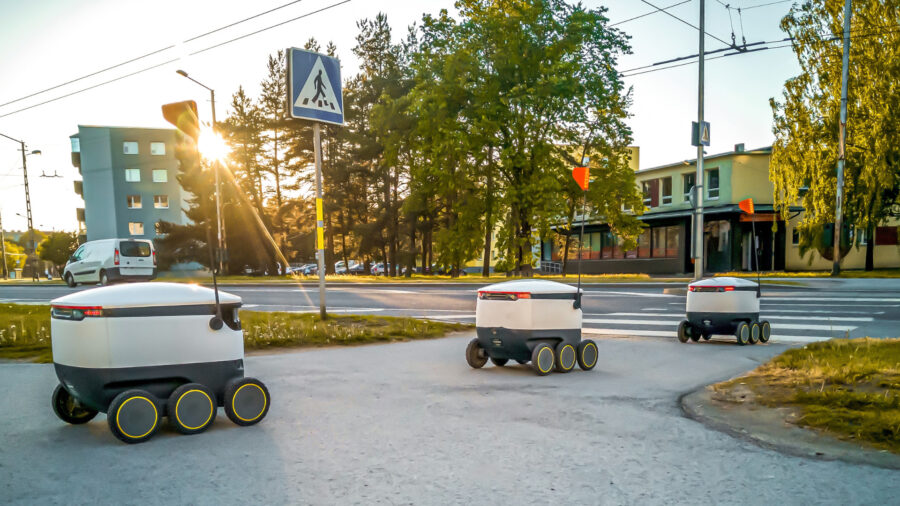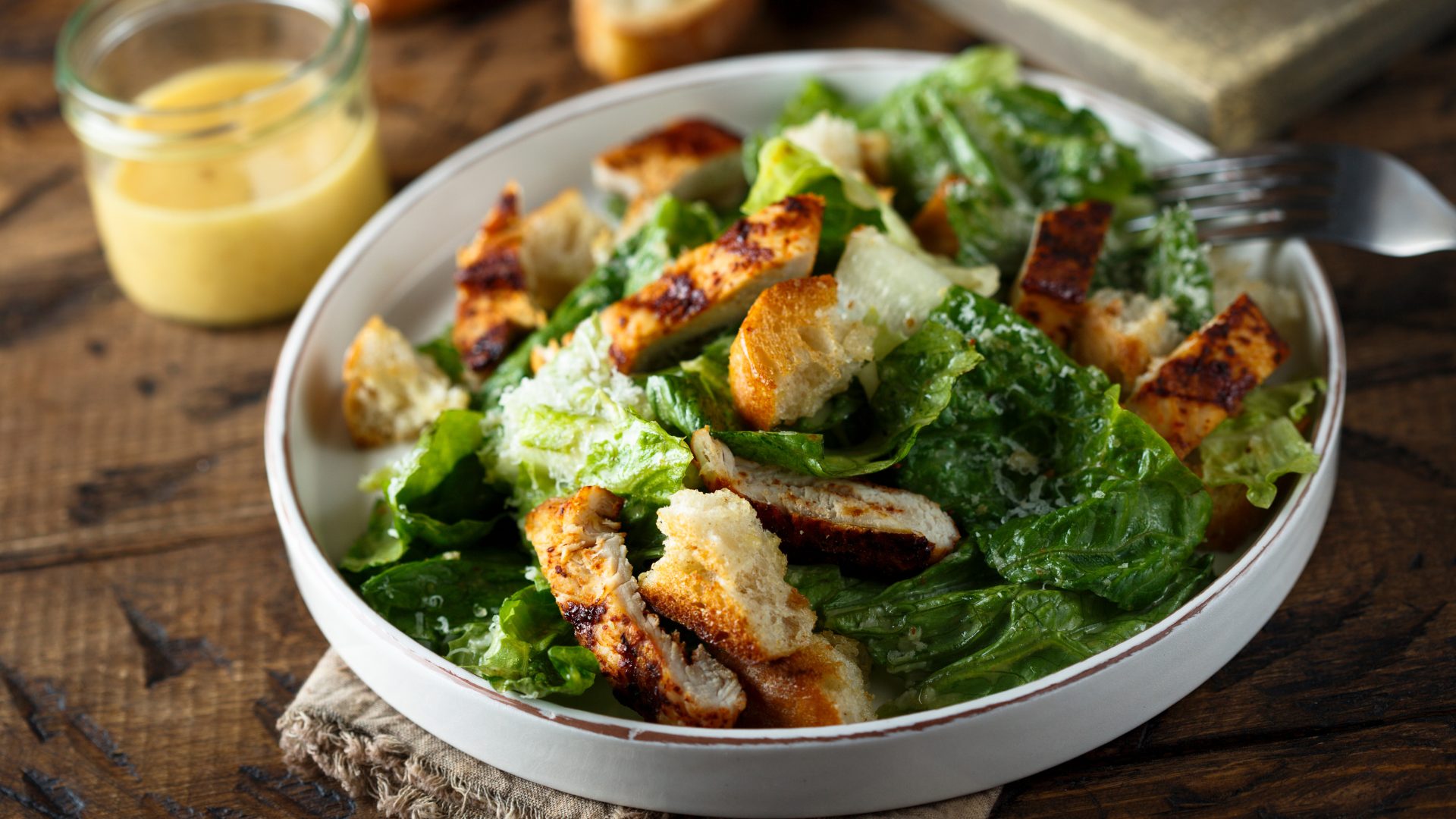Universities across the U.S. are tapping delivery robots to address the labor shortage and explore new business opportunities such as ghost kitchens, reported TechCrunch.
Ohio State University became one of the first colleges to test fully-automated delivery service from food providers to residence halls on campus. Following a successful semester-long pilot of 15 rovers, the university has teamed up with Cartken, a sidewalk delivery robot startup, to launch a larger trial in the fall using 50 delivery robots. If all goes well, 100 Cartken delivery robots could be available on campus by the end of June 2023.
“There are two important things that we’re trying to solve for,” Zia Ahmed, senior director, dining services, told Ohio State News, “First one, is the cost of the delivery, and the second one is the time it takes to deliver the food.” According to Ahmed, the average cost of food delivery in the U.S. is $5-6 per delivery. One goal of robotic delivery at Ohio State University’s campus is to bring this price down by half, to about $2.50 per delivery. Ahmed also told Ohio State News that the average delivery time in the U.S. is 1 hour, which he hopes robotic delivery on campus will also reduce by half.
Kerry Paterson, director of residential dining and catering at Oregon State University, told Daily Barometer in an interview that the concept of robotic delivery began to be explored by his department pre-pandemic, in May 2019. Once students returned to campus after lockdown, with COVID-19 precautions in place, the university revisited the idea of utilizing autonomous robotic technology due to the added value of reducing social contact on campus.
Both Ohio and Oregon State Universities are utilizing insulated robots designed to keep food at the proper temperature. This enables deliveries of frozen or hot products to be maintained at an optimal temperature for the customer to enjoy upon arrival. Robotic technology on both campuses is fully outfitted with safety features such as lidar radar, motion-cameras, and GPS tracking in a closed, geofenced environment.
In addition to automated delivery rovers, Ohio State University intends to explore the use of robotics in delivery-only “ghost” kitchens, in collaboration with Cartken. “If you think about it, almost every kitchen in today’s world is a ghost kitchen, because every restaurant is doing delivery now,” Ahmed told TechCrunch.
Benjamin Anderson, Grubhub’s director of campus business development, told TechCrunch, “Universities are starting to see the opportunity to marry that concept of running multiple restaurants from a production facility and tying that to robotics. It allows them to pick a central point on campus that’s operationally or logistically beneficial, and then build a whole set of virtual restaurants that can only be delivered through robots,”
Kitchen Robotics, an automated kitchen hardware and software company, released a video in June 2021 of its autonomous kiosk, Beastro, hard at work. Beastro is an all-in-one model designed to store, dispense, mix, and heat ingredients. The various capabilities and programmability of this technology allow college campuses and businesses to explore robotic options to combat labor shortages, costs, and other restraints.
Commercial companies such as Chick-Fil-A have also begun to explore the full potential of robotic technology in delivery and kitchen settings to cut costs and improve efficiency. In a press release earlier this year, the company announced they are testing fully autonomous delivery robots with a small pilot program in Texas, California, and Florida, in collaboration with Austin-based autonomous delivery pioneer Refraction AI.
“Adding robots to a ghost kitchen can make a lot of sense. Robots can work odd (or all) hours, and churn out meals in minutes,” as reported by The Spoon, “They can also be tied into ordering systems so meals can automatically (and algorithmically) be coordinated, cooked and queued based on when a delivery driver will arrive to pick up the food.”












